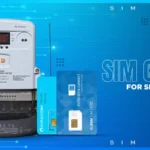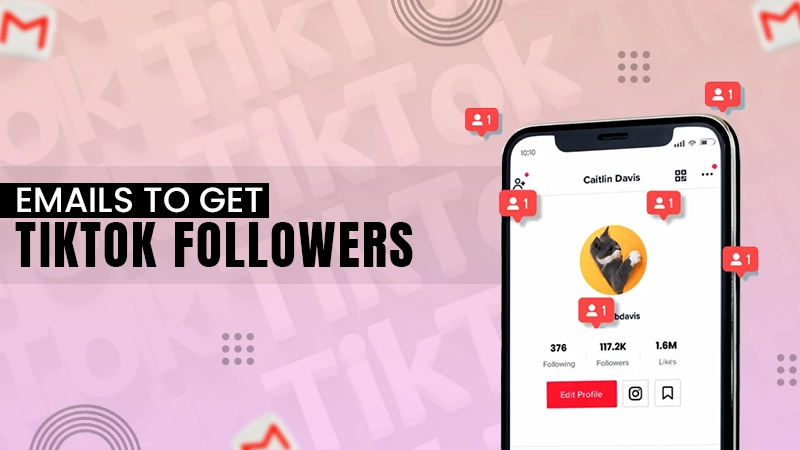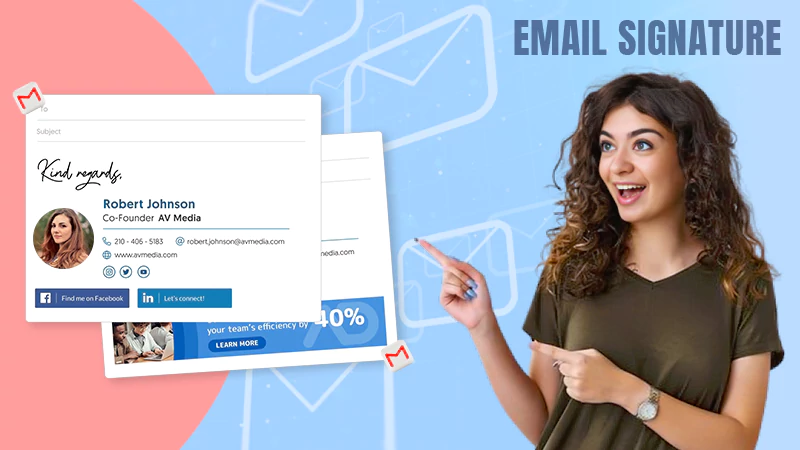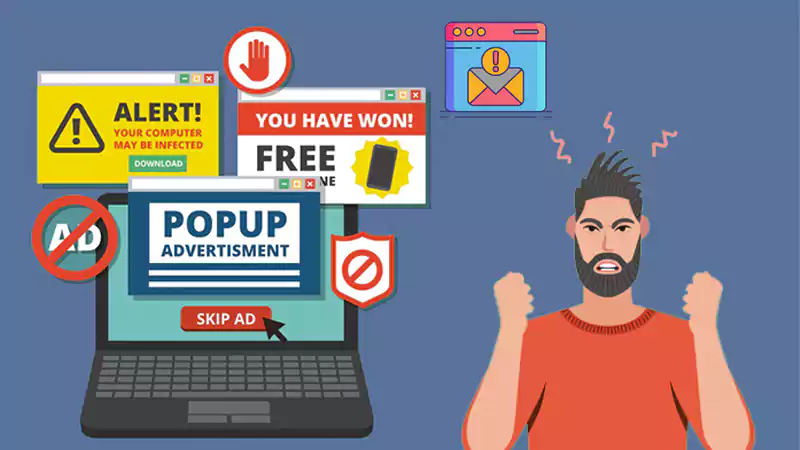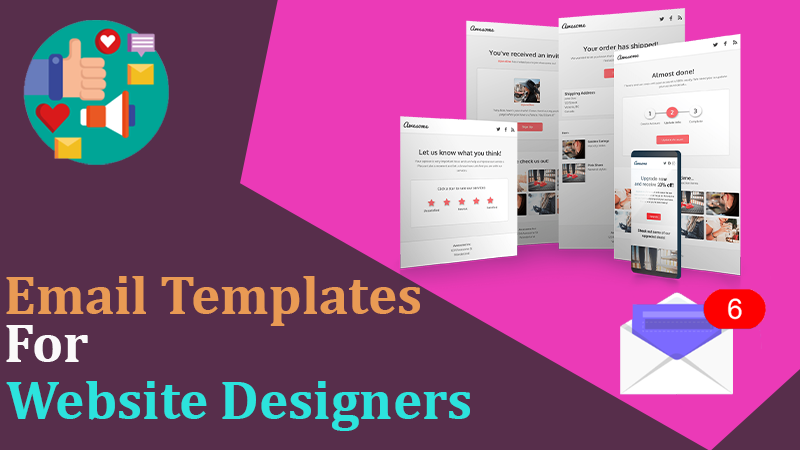These days, email marketing isn’t quite as flashy or chic as other advertising methods, but it’s still one of the most consistent performers. Even though emails are easy to miss and/or delete, they get reliable results. That said, you have to know what you’re doing to get the most mileage from each campaign. In most cases, the issue is not the medium but the content.
For example, marketers that segmented their list saw a 7.6x increase in revenue. Eighty percent of advertisers say they’d prefer to forgo social media marketing than email. When you look at the statistics and the potential for email advertising, the choice is pretty clear. However, if you’re not sure how to make the most of your email campaign, you’ve come to the right place .
This article will outline six ways to customize your emails to fit your target audience. Personalization is crucial for success because today’s consumers are much savvier than in years past. Overall, generic emails with salesy subject lines won’t get traction customer experience. Following these six steps can help you build a much stronger ROI.
Six Steps to Customize Your Email Designs
Step One: Research Your Target Audience
Before you can personalize your emails, you need to know who will be receiving your messages. During this step, you should develop buyer personas for your top demographics. Be sure to be relatively narrow. The more niche your audience, the easier it is to sell to them directly. For example, instead of marketing to single mothers, you could focus on single mothers with multiple kids and a steady office job. These individuals will likely be interested in different products from single mothers with one child and two part-time jobs.
Overall, when researching your audience, focus on problem-solving and try to think like your target demographic. What subject line or heading will grab their attention the most? What value will your email provider for this person? Are you offering specific products that can make their lives easier? What about a special promotion that makes specific items more attainable for those on a budget?
By getting into your customer’s mindset, it’s much easier to develop a compelling email message for the festival and other instances.
Step Two: Create Multiple Designs for Trial and Error
A/B testing is an essential element of any marketing campaign. Because it’s hard to know which pieces will resonate the most with your subscribers, it’s best to try multiple options and gather data from each one. The type of data you’ll collect includes:
- Open Rates – How many people opened your email, and how long after you sent it? The second part is crucial because some times of day are better for getting interactions than others. For example, perhaps your open rate increases significantly if you send an email in the morning than in the afternoon.
- Click-Through Rates – Your emails should have at least one link embedded within your call-to-action. This link can direct the user to a specific landing page that allows them to complete the next step. For example, maybe you’re selling a particular product in your email, and the link directs to the product listing. To make it easier to track the data, try to limit the number of links in each message.
- Bounce Rates – Emails can bounce back for several reasons. Perhaps your subscriber has a strong spam blocker or firewall. Or, maybe they closed their email account or used a “burner” email to subscribe to your list. It’s crucial to remove any bounced email addresses so they don’t clog up your lists.
Comparing these data points is easy with A/B testing, and the numbers can help inform your future marketing decisions. That said, the best way to keep track of A/B testing is to change one or two elements at a time. If you do too much for one round of messaging, it’s virtually impossible to tell which piece affected the outcome the most.
Over time, the more you conduct this kind of testing, the more you can refine your messages until you get substantial open and click rates. From there, you can practically automate your email marketing.
Step Three: Embed Brand Colors and Fonts in Future Designs
Brand recognition is an essential part of long-term success. Ideally, your customers will be able to recall your brand quickly without confusing your business with someone else.
There are a few ways to reinforce your branding in an email, but it’s crucial to pay attention to each element. Moreover, when it comes to branding, it’s essential to design with your target audience in mind. That way, you’re making sure both your brand and your audience are on point. For example, your color scheme and font selections can make a substantial difference. Overall, you want to maintain consistency across your marketing campaigns. So, be sure to use the same colors and fonts on your website and landing pages. This way, you can avoid potential confusion among your subscribers.
If you haven’t come up with a brand color scheme yet, now is the time to develop it. Consider how each color affects a person’s mood and the emotions behind it. For example, green is natural and sustainable, while gold is elegant and refined (when used in moderation). Your color scheme should focus on one or two colors and then add variations as necessary. So, if you’re using red and white, you can also incorporate pink and orange into the mix.
When it comes to fonts, you want to choose something that fits your brand’s aesthetic while also being easy to read. If your font is too cluttered or busy, it’ll be impossible for subscribers to read your emails, let alone click on anything.
Step Four: Personalize Each Email
Technically, personalization is what you’re doing in each step. However, what we mean here is curating your email content to fit specific groups. The key to effective email marketing is segmentation. Rather than sending one email blast to everyone on your list, you should classify and organize your audience by specific attributes.
Fortunately, you can sort subscribers automatically when you use a high-end email marketing software. For example, when someone clicks on a specific link, they’ll get added to a related list. As you segment your subscribers, it’s much easier to cater to their unique needs.
Another way to personalize your emails is to gather basic information about each subscriber. Examples of this data include their marital status, parental status, and birthday. From there, you can send emails for their anniversary, birthday, or child’s birthday. The more you can cater to their specific needs, the more likely they’ll open and interact with your messaging.
Step Five: Keep it Simple (and Don’t Forget CTAs!)
As with everything else on the internet, most users scan content before reading it. So, if your email is a wall of text with few breaks or images, users are more likely to close and delete the message. Here are a few tips on how to keep your email marketing as simple as possible:
- Focus on One Call-to-Action – While it may be tempting to get subscribers to click on multiple links, you might be asking for too much. Instead, only provide one link or button per email. Then, create customized content based on that action. For example, if you want a user to buy a product, the email should highlight the product’s features and benefits.
- Break Up Your Text – Use headers, subheaders, and bullet points to keep your text scannable. This way, it’s much easier for users to determine if they want to keep reading for more information.
- Make Your Email Mobile-Friendly – More users are reading and responding to emails on mobile devices. So, you have to make sure each message is mobile-optimized. Since you have such a small screen to work with, your message must be clean and polished.
Step Six: Use Beautiful Visuals to Support Your Text
Finally, non-stop text can be more off-putting than you might realize. Usually, subscribers are more willing to scan and email if images or graphics are involved. Plus, you can take full advantage of these visuals by incorporating critical information. For example, you can create a graphic outlining essential details, such as a discount percentage, a registration deadline, or a limited-time offer.
Visuals also don’t have to be photos. You can use infographics, icons, and video clips to enhance your email marketing. Breaking the mold and offering unique content can help you increase your open and click-through rates substantially.
As you can see, customizing your email marketing doesn’t have to be complicated or time-consuming. As long as you can segment your lists and follow these steps, you should see immediate success. Happy marketing!

